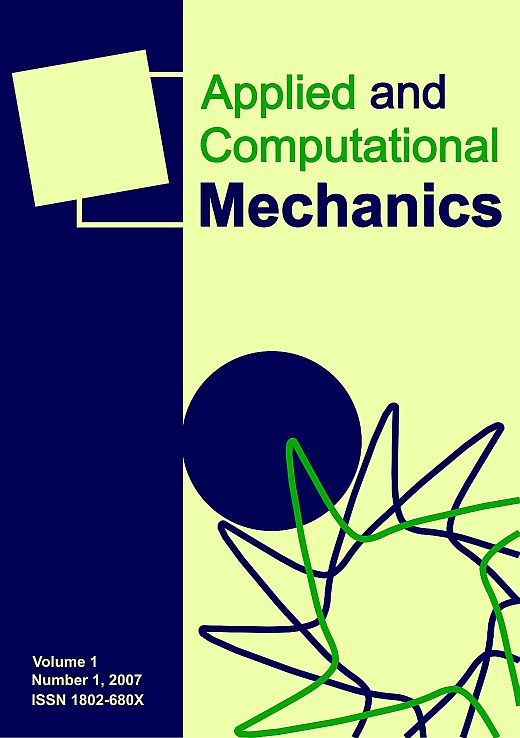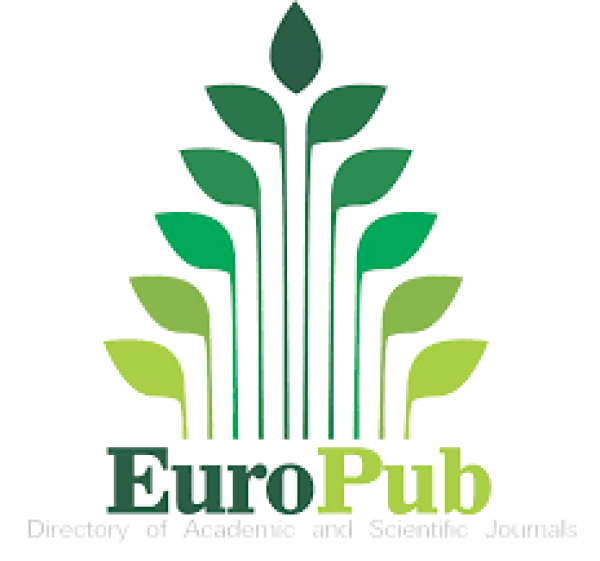Wang tiling for particle heterogeneous materials: Algorithms for generation of tiles/cubes via molecular dynamics
DOI:
https://doi.org/10.24132/acm.2019.537Keywords:
random heterogeneous material, Wang tiling, Periodic Unit Cell, molecular dynamicsAbstract
This paper aims at a reduction of periodicity artefacts during a generation of random heterogeneous material models. The traditional concept of the Periodic Unit Cell is compared with a novel approach of the stochastic Wang tiling. Since modelled structures consist of hard circular/spherical particles in a matrix, the algorithm for placement of inclusions is based on the modified molecular dynamics. We introduce two types of Wang tile boundary conditions to decrease periodicity artefacts. Tested samples for 2D applications form sets of both monodisperse and polydisperse microstructures. The overall volume fractions of these samples are approximately 0.2, 0.4, and 0.6, respectively. The generated sets are analysed both visually and statistically via a two-point probability function. An extension of the stochastic Wang tiling enables to create 3D structures, as well. Therefore, artificial periodicity is also investigated on a 3D sample consisting of spherical particles of identical radii distributed in a continuous phase.Downloads
Published
30-Jun-2019
Issue
Section
Articles
License
Copyright (c) 2019 Applied and Computational Mechanics

This work is licensed under a Creative Commons Attribution 4.0 International License.
How to Cite
“Wang tiling for particle heterogeneous materials: Algorithms for generation of tiles/cubes via molecular dynamics” (2019) Applied and Computational Mechanics, 13(1). doi:10.24132/acm.2019.537.







